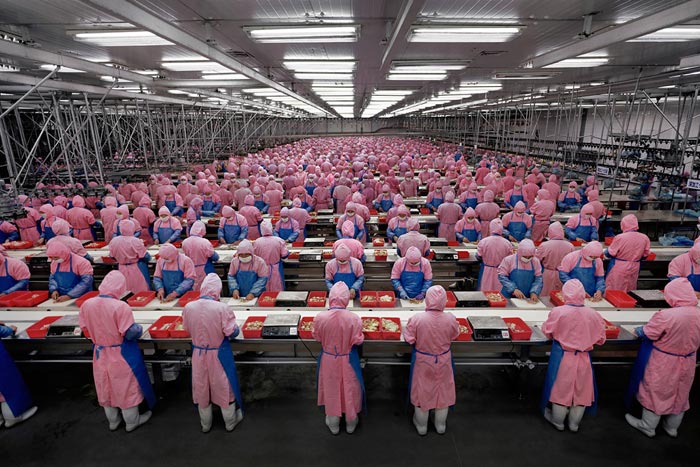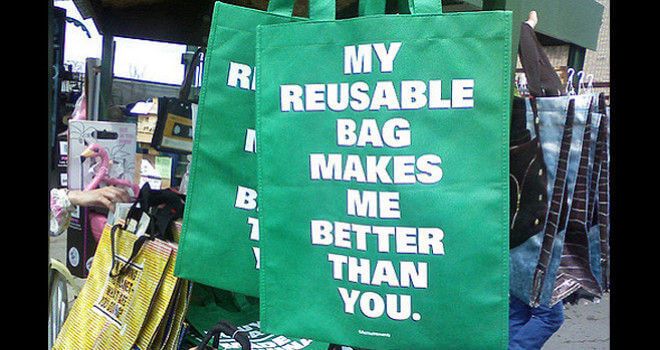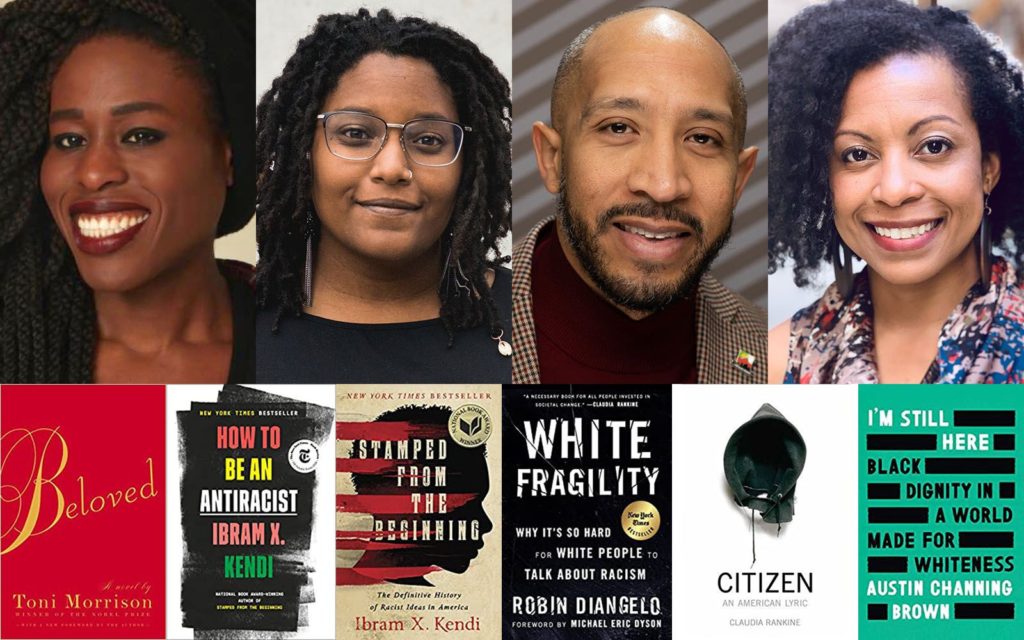
Many thought that holding a cannabis referendum at the same time as a General Election would lead to a surge in support for the Aotearoa Legalise Cannabis Party. In the end, they only got 13,329 votes, or around 0.5% of the party vote. This chapter explain why a hundred times more people voted for cannabis law reform than for the cannabis party.
It will be surprising for many to hear that there wasn’t much overlap between those who voted ALCP in 2020 and those who cast a special vote for Yes in the cannabis referendum- the correlation between the two groups was 0.23. This was statistically significant, but only barely so, and is much weaker than many other correlations with voting ALCP in 2020.
| Variable | Voting ALCP in 2020 |
| No qualifications | 0.55 |
| Level 1 certificate | 0.55 |
| Level 2 certificate | 0.64 |
| Level 3 certificate | 0.37 |
| Level 4 certificate | 0.53 |
| Level 5 diploma | 0.36 |
| Level 6 diploma | -0.56 |
| Bachelor’s degree | -0.56 |
| Honours degree | -0.55 |
| Master’s degree | -0.53 |
| Doctorate | -0.44 |
The trend here is obvious: the better-educated a person is, the less likely they were to vote ALCP in 2020. This is similar to previous elections. What this trend reveals is that the ALCP is seen as a joke party by the vast majority of the electorate, and people only vote for them if they feel that their vote doesn’t matter.
In this regard, a vote for the ALCP is similar to not voting, in that it follows the General Disenfranchisement Rule. The ALCP is something of a joke party and so, like not voting, it tends to appeal to those who feel that their vote doesn’t matter anyway. We can predict from this that the demographics of ALCP voters are very similar to the demographics of non-voters.
These correlations explain why the correlation between voting ALCP in 2020 and special voting Yes in the cannabis referendum was only 0.23. The more poorly-educated a person is, the more likely they are to vote ALCP, but the better-educated a person was, the more likely they were to special vote Yes in the cannabis referendum.
| Variable | Voting ALCP in 2020 |
| European | -0.08 |
| Maori | 0.88 |
| Pacific Islander | -0.05 |
| Asian | -0.53 |
Indeed, we can see an extremely strong correlation of 0.88 between being Maori and voting ALCP in 2020. Kiwis of European descent and Pacific Islanders were generally neutral about voting ALCP, and Asians were strongly against it. These patterns mirror the numbers of poorly-educated and disenfranchised people among those racial groups.
For many Maori people, the Establishment is implacably opposed to them and so it doesn’t matter who they vote for. This is why so many of them either don’t vote or vote for protest parties like the ALCP. Their high levels of support for the ALCP could be considered a consequence of general disenfranchisement.
However, it isn’t just a protest vote. Maori people are much more heavily affected by cannabis prohibition than other races, on account of that they are much more likely to use it as a recreational alternative to alcohol in comparison to all of whites, Pacific Islanders and Asians. Moreover, the relative insecurity of dwelling suffered by Maori people means that they are more likely to use cannabis in public, and thereby more likely to suffer legal consequences.
| Variable | Voting ALCP in 2020 |
| Voting Labour in 2020 | -0.27 |
| Voting National in 2020 | -0.60 |
| Voting Greens in 2020 | -0.23 |
| Voting ACT in 2020 | -0.48 |
| Voting New Zealand First in 2020 | 0.38 |
| Voting New Conservative in 2020 | -0.31 |
| Voting The Opportunities Party in 2020 | -0.34 |
| Voting Maori Party in 2020 | 0.81 |
| Voting Advance NZ in 2020 | 0.68 |
| Voting Sustainable NZ in 2020 | -0.41 |
One pattern immediately leaps out when we look at the correlations between voting ALCP in 2020 and voting for other parties: all of the correlations between voting ALCP in 2020 and voting for one of the four major globalist parties is significantly negative.
The most negative of all was the correlation between voting ALCP in 2020 and voting National in 2020: this was -0.60. The ALCP-voting demographics differ from the National-voting demographics in several major ways, as this chapter will discuss.
Some might be surprised to see that the correlation between voting ALCP in 2020 and voting Greens in 2020 was -0.23. The ALCP is considered by many to be a Greens-adjacent party, on account of that the cannabis law reform issue has been pushed by the Greens more than by any other party. But the only major quality shared by both Greens and ALCP voters is that they tend to be young.
Those surprised at that will likely also be surprised by the correlation between voting ALCP in 2020 and voting New Zealand First in 2020, which was 0.38. This reflects a shared tendency for ALCP and New Zealand First voters to be both Maori and poorly educated.
The heavy Maori support for the ALCP also explains why there are strong correlations between voting ALCP in 2020 and voting Maori Party in 2020 (0.81) or voting Advance NZ in 2020 (0.68).
| Variable | Voting ALCP in 2020 |
| Median income | -0.28 |
| Mean income | -0.26 |
| Variable | Voting ALCP in 2020 |
| <$5,000 | 0.01 |
| $5,000-$10,000 | 0.25 |
| $10,000-$20,000 | 0.58 |
| $20,000-$30,000 | 0.33 |
| $30,000-$50,000 | 0.23 |
| $50,000-$70,000 | -0.36 |
| $70,000+ | -0.51 |
Fitting with the general theme of disenfranchisement, ALCP voters are considerably poorer than the average voter. The correlation between voting ALCP in 2020 and median income was -0.28. This is actually wealthier than would be predicted from their education level, but still significantly poorer than the New Zealand average.
The most positive correlation between voting ALCP and belonging to a particular income bracket was the $10,000-$20,000 “beneficiary” bracket, which was 0.58. The most negative correlation between voting ALCP and belonging to a particular income bracket was the $70,000+ bracket, which was -0.51.
| Variable | Voting ALCP in 2020 |
| New Zealand-born | 0.69 |
Disenfranchisement is only very rarely imported to New Zealand. The vast majority of people at the bottom of our society are home grown. This may sound strange, especially to those who follow the narrative that being an immigrant automatically makes a person a member of an oppressed group.
The reality is that New Zealand-born people make up the vast bulk of those doing bad, and ALCP voters are often among these.
On the surface, it seems paradoxical to have a situation where highly-educated people voted in favour of cannabis law reform in the referendum, but mostly poorly-educated people voted in favour of the cannabis law reform party at the 2020 General Election.
The explanation is that the ALCP is something of a joke vote for people who aren’t serious. Many people feel that their party vote is worthless anyway, on account of that the Establishment will always win, so they protest by casting a vote for the ALCP. These sentiments did not apply to the cannabis referendum, where many people felt that they had an opportunity to stick it to the Establishment by voting for freedom.
| Variable | Voting ALCP in 2020 |
| Living in an urban electorate | -0.39 |
| Living on the North Island | -0.04 |
ALCP voters are more likely to be rural dwellers than urban ones – the correlation between voting ALCP in 2020 and living in an urban electorate was . There are several possible reasons for this. The most obvious is the large Maori proportion of ALCP voters, because Maori people tend to live rurally. Another likely reason is that, because cannabis is currently illegal, people who grow it prefer to operate away from high concentrations of potential noticers.
The correlation between voting ALCP in 2020 and living on the North Island was not only not significant, it was negative. This will surprise those who thought that most ALCP voters are gang members from Hastings and Napier. The truth is that the ALCP gets a lot of votes from hippies and “Dark Green” environmentalists, as well as doomsday preppers, and many of those live in rural South Island.
| Variable | Voting ALCP in 2020 |
| No religion | 0.29 |
| Is Buddhist | -0.57 |
| Is Christian | -0.35 |
| Is Hindu | -0.41 |
| Is Jew | -0.39 |
| Is Muslim | -0.41 |
| Is follower of a Maori religion | 0.72 |
| Is Spiritualist or New Ager | 0.35 |
We can see even more evidence of heavy Maori support for cannabis law reform when looking at the correlation between voting ALCP in 2020 and being a follower of a Maori religion, which was 0.72. This was much stronger than any other correlation between voting ALCP in 2020 and religious affiliation.
The next most positive correlation was the one between voting ALCP in 2020 and being a Spiritualist or New Ager, which was 0.35. The explanation for this is not as obvious as the one for Maori religions, but comes down to the fact that New Agers in particular consider cannabis to be a spiritual sacrament and its prohibition a moral obscenity.
There was also a significant positive correlation of 0.29 between voting ALCP in 2020 and having no religion. This will surprise those who are aware that people with no religion tend to be better-educated than those with a religion, and that ALCP voters tend to be poorly educated. The explanation is that most of the prejudice against cannabis users comes from religious people, who see cannabis use as a rival spiritual practice.
In the case of Christians, this represents a significant antipathy towards cannabis users (see Chapter 11). In the case of the followers of the religions not yet mentioned (particularly Jews), it reflects the fact that the ALCP is a joke party in the minds of many, and followers of Asian religions tend to take their votes seriously.
| Variable | Voting ALCP in 2020 |
| Employed full-time | -0.25 |
| Employed part-time | 0.12 |
| Unemployed | 0.64 |
Few will be surprised by the strong positive correlation between voting ALCP in 2020 and being unemployed – this was 0.64. Unemployment is correlated with many other variables that are themselves correlated with voting ALCP in 2020, such as being young, being Maori or being poorly educated.
The correlation between voting ALCP in 2020 and being employed part-time will surprise many, on account of that ALCP voters are stereotyped as non-workers. But, as with other disenfranchised demographics, ALCP voters often find themselves working part-time to make ends meet. Many ALCP voters on the Supported Living Payment or the Sole Parent Payment will fall into this category.
| Variable | Voting ALCP in 2020 |
| No source of income | -0.06 |
| Earning a wage or salary | -0.00 |
| Being self-employed or owning one’s own business | -0.35 |
| Receiving interest, dividends, rent or other investment income | -0.58 |
| Receiving ACC or private work insurance | 0.70 |
| Receiving NZ Super or Veteran’s pension | -0.19 |
| Receiving JobSeeker Support | 0.77 |
| Receiving Sole Parent Support | 0.77 |
| Receiving Supported Living Payment | 0.55 |
| Receiving Student Allowance | 0.03 |
Some might think that, because many ALCP voters are young and because the ALCP is something of a protest party, that many students would support them. This is not the case. The correlation between voting ALCP in 2020 and receiving a Student Allowance was a mere 0.03. This is probably because cannabis law reform is mostly an issue for those doing it tough, and tertiary students tend to be middle-class.
The two least disenfranchised categories of benefit recipients are pensioners and students. This is because pensioners usually own their own homes, and students are usually middle-class and only temporarily poor while they are young. Following from this, neither of the correlations between being either on a pension or on a student allowance and voting ALCP in 2020 were statistically significant.
The strongest correlations between voting ALCP in 2020 and any income type were with receiving JobSeeker Support and receiving Sole Parent Support. Both were 0.77. This paints a picture of the ALCP as a party for those who feel excluded by society to some extent, the true protest vote in contrast with Greens and ACT.
Supporting this contention are the strong correlations between voting ALCP in 2020 and receiving a Supported Living Payment (0.55) and receiving ACC or private work insurance (0.70). The mentally and physically damaged people in these categories are the ones most likely to have discovered the medicinal properties of cannabis.
| Variable | Voting ALCP in 2020 |
| Working as a manager | -0.31 |
| Working as a professional | -0.48 |
| Working as a technician or trades worker | 0.21 |
| Working as a community or personal services worker | 0.57 |
| Working as a clerical or administrative worker | -0.36 |
| Working as a sales worker | -0.14 |
| Working as a machinery operator or driver | 0.37 |
| Working as a labourer | 0.59 |
When examining the occupations of ALCP voters, some patterns are evident that are the reverse of patterns of people who voted Yes in the cannabis referendum. This goes a long way to explain why there was such a weak correlation between voting ALCP in 2020 and voting Yes in the cannabis referendum.
Unlike with voting Yes in the cannabis referendum, the more disenfranchised a demographic is the more likely they were to vote ALCP in 2020. The reasons for this are complex.
Simply put, many disenfranchised General Election voters don’t feel that they have a realistic chance of influencing the election, so they throw their vote to a joke/protest party. On the other hand, voters in the cannabis referendum felt enfranchised, and felt like they did have a realistic chance of influencing the outcome, so they acted more seriously, and voted Yes.
| Variable | Voting ALCP in 2020 |
| Working in agriculture, forestry or fishing | 0.26 |
| Working in mining | 0.20 |
| Working in manufacturing | 0.27 |
| Working in electricity, gas, water and wastewater services | 0.25 |
| Working in construction | 0.36 |
| Working in wholesale trade | -0.34 |
| Working in retail trade | 0.02 |
| Working in accommodation or food services | 0.02 |
| Working in transport, postal or warehousing | 0.35 |
| Working in information media or telecommunications | -0.37 |
| Working in financial or insurance services | -0.45 |
| Working in rental, hiring or real estate services | -0.38 |
| Working in professional, scientific or technical services | -0.49 |
| Working in administrative or support services | 0.13 |
| Working in public administration and safety | -0.02 |
| Working in education and training | -0.06 |
| Working in healthcare or social assistance | 0.04 |
| Working in arts or recreation services | -0.04 |
As with occupations, a familiar pattern presents itself with industries. The more enfranchised workers in any given industry tend to be, the less likely they tend to vote ALCP.
The industries peopled by those who usually take their lives seriously don’t vote ALCP often. The correlation between voting ALCP in 2020 and industry was significantly negative in the case of working in professional, scientific or technical services (-0.49), financial or insurance services (-0.45), rental, hiring or real estate services (-0.38), information media or telecommunications (-0.37) or wholesale trade (-0.34).
Industries peopled by those who tend to have less ambition, by contrast, show the opposite pattern. The correlation between voting ALCP in 2020 and industry was significantly positive in the case of working in construction (0.36), transport, postal or warehousing (0.35), manufacturing (0.27), agriculture, forestry or fishing (0.26) or electricity, gas, water and wastewater (0.25).
This lays bare the reality of the Aotearoa Legalise Cannabis Party: it’s not seen as a serious Parliamentary option, and so mostly attracts votes from protest voters. This is the reason why most demographics vote very differently when it comes to General Elections on the one hand, and cannabis law reform referendums on the other.
*
This article is an excerpt from the upcoming 3rd Edition of Understanding New Zealand, by Dan McGlashan and published by VJM Publishing. Understanding New Zealand is the comprehensive guide to the demographics and voting patterns of the New Zealand people.
*
If you enjoyed reading this essay/article, you can get a compilation of the Best VJMP Essays and Articles of 2019 from Amazon for Kindle or Amazon for CreateSpace (for international readers), or TradeMe (for Kiwis). A compilation of the Best VJMP Essays and Articles of 2018 and the Best VJMP Essays and Articles of 2017 are also available.
*
If you would like to support our work in other ways, please consider subscribing to our SubscribeStar fund. Even better, buy any one of our books!




